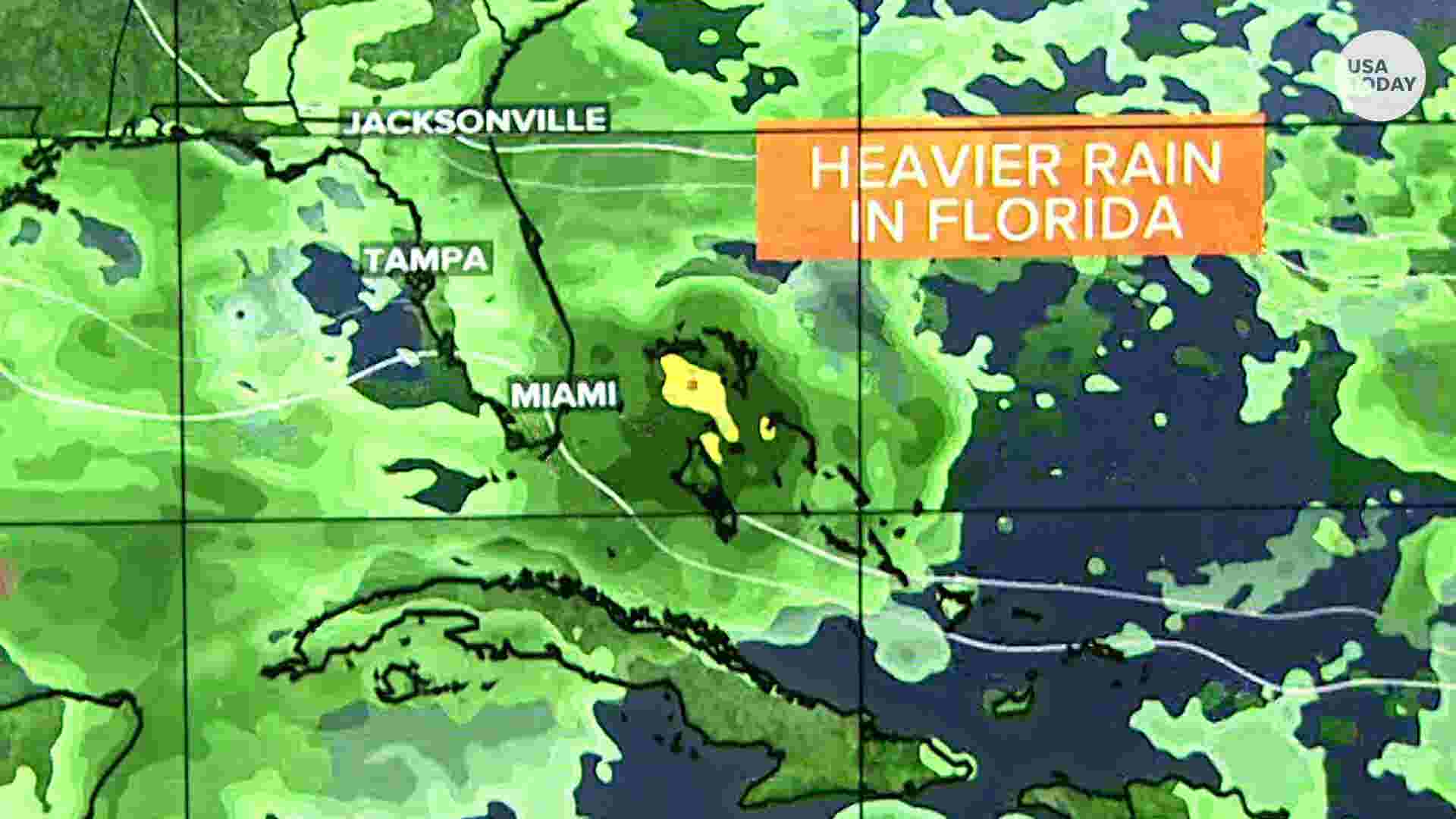 Graphic of Texas shows the updated rainfall values in inches that define certain extreme events, such as the 100-year storm. Courtesy of NOAA
Graphic of Texas shows the updated rainfall values in inches that define certain extreme events, such as the 100-year storm. Courtesy of NOAA
CLICK HERE - ENLARGED TEXAS MAP (1 page .PDF file)
New topographic and predictive rainfall data means more people in Harris County will be mapped in floodplains.
houstonpublicmedia.org - by Davis Land - November 26, 2018
When Hurricane Harvey left so much of Houston underwater, it highlighted a problem that’s been getting worse for years: Harris County’s existing floodplain maps just don’t work.
In the year since the historic storm, flood control officials have promised to change that, and they already had plans to redo the maps, but new data on the geography of the area and the amount of rainfall forecasters expect in the future means the new maps could look drastically different.
It’s crucial the maps are done right, as people are using the maps, meant to set flood insurance premiums, for more than they are intended . . .










Recent Comments